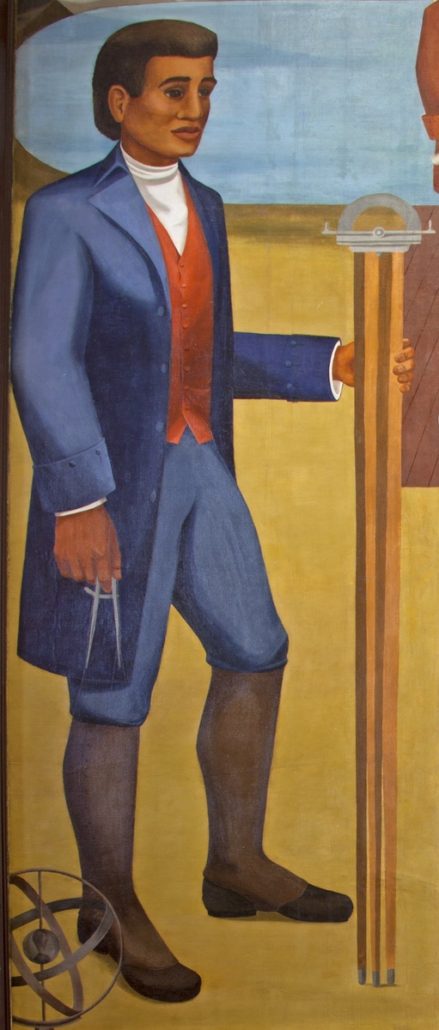This day in history: November 9
1731: Mathematician and astronomer Benjamin Banneker is born
Mathematician and astronomer Benjamin Banneker was born on November 9, 1731, in Ellicott’s Mills, Maryland. Largely self-taught, Banneker was one of the first African Americans to gain distinction in science. His significant accomplishments and correspondence with prominent political figures profoundly influenced how African Americans were viewed during the Federal period.

Letter, Thomas Jefferson to Benjamin Banneker expressing his belief that blacks possess talents equal to those of “other colours of men,” 30 August 1791.
I apprehend you will embrace every opportunity, to eradicate that train of absurd and false ideas and opinions, which so generally prevails with respect to us [African Americans]; and that your sentiments are concurrent with mine, which are, that one universal Father hath given being to us all; and that he hath not only made us all of one flesh, but that he hath also, without partiality, afforded us all the same sensations and endowed us all with the same faculties… Benjamin Banneker to Thomas Jefferson. August 19, 1791. Founders Online. National Archives
In 1789, Banneker began making astronomical calculations that enabled him to successfully forecast a solar eclipse. His estimate, made well in advance of the celestial event, contradicted predictions of better-known mathematicians and astronomers.
Banneker’s mechanical and mathematical abilities impressed many, including Thomas Jefferson, who recommended him for the surveying team that laid out Washington, D.C. In his free time, Banneker began compiling his Pennsylvania, Delaware, Maryland, and Virginia Almanack and Ephemeris… The almanac included information on medicines and medical treatment and listed tides, astronomical information, and eclipses that Banneker had calculated. He published the journal annually from 1791 to 1802.



